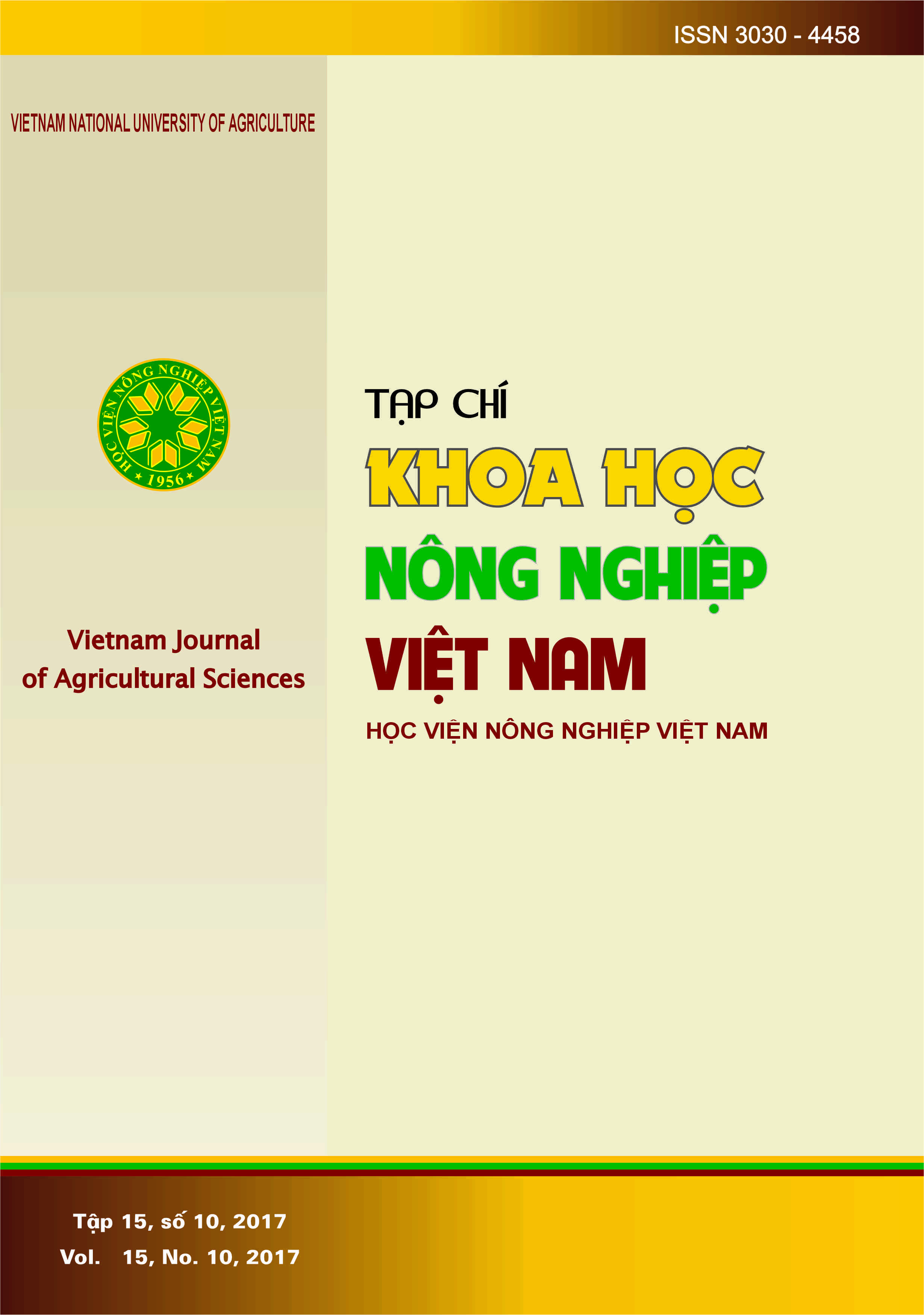Sử dụng đất là một trong những yếu tố quan trọng nhất ảnh hưởng đến xói mòn đất vì các loại/kiểu sử dụng đất sẽ tác động đến thay đổi bề mặt đất và độ che phủ đất, hàm lượng dinh dưỡng đất. Nghiên cứu một số kiểu sử dụng đất nông nghiệp (đất trồng cà phê, hồ tiêu và rừng) có xen cây Macadamia trên đất đỏ Bazan tại huyện Tuy Đức, tỉnh Đăk Nông cho thấy các kiểu sử dụng đất này có ảnh hướng rõ rệt đến xói mòn rửa trôi và lượng dinh dưỡng đất mất đi. Kết quả của 6 thí nghiệm (Tr), trong đó 4 thí nghiệm gồm Macadamia 3 tuổi trồng thuần và 3 thí nghiệm Macadamia 3 tuổi trồng xen với cà phê, hồ tiêu và rừng bố trí trên đất có độ dốc 6 - 7o, trên đất có độ dốc 12 - 13o bố trí 2 thí nghiệm Macadamia 6 tuổi trồng thuần và trồng xen rừng cho thấy: Ở độ dốc 6 - 7o công thức Macadamia xen cà phê (Tr.2) có độ che phủ đạt cao nhất (72,09%), Macadamia trồng thuần (Tr.1) có độ che phủ là 6,96%, dòng chảy mặt dao động từ 153 - 195 mm, lượng đất xói mòn từ 10,8 - 26,4 tấn/ha/năm. Ở đất dốc 12 - 13o tương ứng dòng chảy mặt là 188 - 285 mm và xói mòn đất 15,6 - 33,7 tấn/ha. Quá trình trên còn phụ thuộc vào loại hình sử dụng đất, trên đất trồng thuần ở độ dốc 12 - 13o lượng đất mất là 33,7 tấn/ha, trên đất trồng xen với cây rừng lượng đất mất chỉ 25,3 tấn/ha. N; P2O5; K2O tổng số mất nhiều hơn ở dạng dễ tiêu, như công thức Macadamia trồng thuần (CT1) năm 2014 đạm tổng số mất 100,23 kg, trong đó ở dạng dễ tiêu chỉ mất 25,08 kg/ha.

